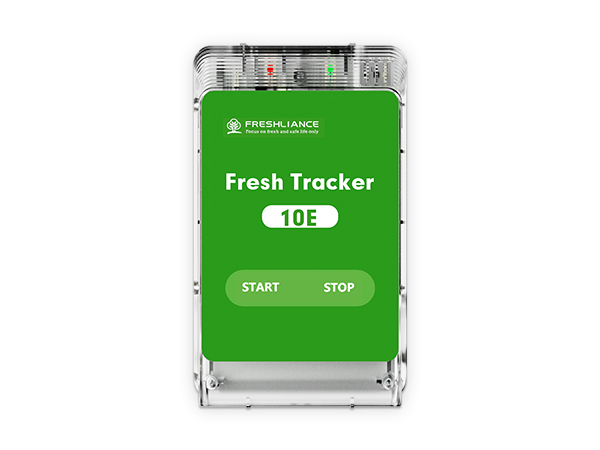Wine cellar temperature
Temperature has a definite impact on the quality of aging. The key is to maintain a fairly constant temperature. The ideal temperature is between 11° and 16°C. Low temperatures (less than 12°C) mean good, but very slow, aging. Higher temperatures (over 17°C) accelerate aging, as chemical reactions (oxidation-reduction) are more rapid the higher the temperature. Wine is particularly sensitive to sudden temperature changes. These are caused by excessive ventilation, an outside window or a boiler in the cellar. They can lead to the appearance of a notorious deposit (precipitation of proteins, colloids, coloring matter or tartar crystals). They contribute to the appearance of leaky bottles: when the temperature rises, the wine is expelled to the outside, creating a preferential passage between the neck and the cork, then, by capillary action, the bottle gradually empties through evaporation. It's the presence of air that will eventually degrade your wine (the only remedy: refill and recork). COEUS-WIFI configurable and rechargeable WIFI temperature and humidity data logger offers a high-resolution temperature range from -20°C to +50°C, up to 360 working days with real-time temperature and humidity data and time.

Humidity
Cellars are often humid, and a humidity level of 70% is considered desirable. This criterion rarely poses a problem. Excess humidity is particularly troublesome for labels. Bottles should be laid down with labels on one side for better protection. Don't worry about humidity for the cork. Don't forget that the cork is already in contact with a liquid: the wine. Lack of humidity is sometimes observed in semi-underground cellars. It causes the cork to dry out (especially when there's no cap or wax) and ultimately leads to leaky bottles. If you're worried about this problem, you can spread sand to keep it moist, or use a container filled with sand and water. Note that it's in a barrel cellar that you need to maintain good hygrometry: dry air dries out the staves, increases evaporation and therefore wine loss and air oxidation. Excessive humidity favors the appearance of mold and the risk of off-flavors.

The WIFI temperature and humidity data logger features a large LCD display. The integrated PDF / CSV file generation function enables it to generate irreversible reports directly, without the need for software. You can intuitively obtain current temperature and humidity, maximum and minimum temperature and humidity values, date and time.

 English
English Español
Español Русский
Русский Français
Français Deutsch
Deutsch عربي
عربي 中文
中文



